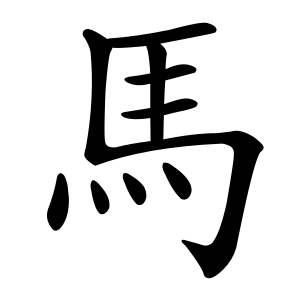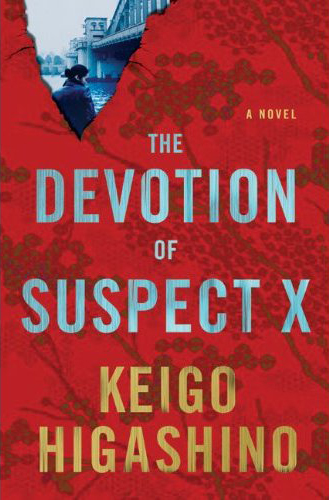Images of Kanji
Today, the images of Kanji. The University of Houston's College of Engineering presents this series about the machines that make our civilization run, and the people whose ingenuity created them.
Sometime back I started reading a mystery novel recommended by my husband: "The devotion of Suspect X". It's by the Japanese author Keigo Higashino and translated into English by Alexander Smith. I thought this could be a great chance to brush up on my intermediate level Japanese language. Why not read both the Japanese and English versions at the same time? Well, it's been an interesting experiment.
The written Japanese language consists of mainly three systems: Hiragana, Katakana, and Kanji. Hiragana and Katakana are alphabet (or syllable) based. Kanji is character based. Hiragana is used mostly for pure Japanese words and Katakana for foreign words. Kanji consists of Chinese characters that were adapted into Japanese long time ago. A typical Japanese sentence may combine all three systems.
Learning any new language can be exciting and beneficial, but Japanese Kanji or Chinese characters, add a unique feature: With them, we communicate and perceive thoughts through pictures. The Kanji characters were originally drawings made for communication. For example, "river" is represented by three water lines and the character "learning" suggests a picture of a child. Over time, many of these pictures and characters evolved.

Character of "three mountain peaks" evolving over time. [Wiktionary image]
Many linguists believe that character and alphabet -based languages have different impacts on visual, analytical and abstract thinking.
Kanji has about 5000 to 10,000 characters, and about 2000 of them are listed for general use — like in newspapers. Here are some other examples of Kanji characters:"Rain" contains the image of raindrops; "fire" contains sticks and flames; the character "horse" has horse hair on top and four legs underneath, the character "mountain" is shown by three peaks, a female character next to a child character means "to like", one mountain coming off another mountain character means "to exit".

Character drawing of "horse" in Kanji. [Wiktionary image]
As for my Japanese novel The Devotion of Suspect X — I'm still reading the first few pages. Will the brilliant math teacher outsmart the detective and his physicist consultant? Who will win the battle of wits? I'll find out as soon as I get through the new kanji characters.

Book cover of The Devotion of Suspect X. [Wikipedia Image]
I'm Haleh Ardebili at the University of Houston, where we're interested in the way inventive minds work.
(Theme music)
Omniglot Online Encyclopedia Website.
Timothy G. Stout and Kaori Hakone, Basic Japanese Kanji Volume 1: High-Frequency Kanji at your Command, Tuttle Publishing, 2011.
Eve Kushner, Crazy for Kanji: A Student's Guide to the Wonderful World of Japanese Characters, Stone Bridge Press, 2007.
Eriko Sato, Japanese Demystified: A Self-Teaching Guide, McGraw-Hill, 2008.
Leonard Shlain, The Alphabet Versus the Goddess: The Conflict Between Word and Image, Penguin Books, 1999.
This episode first aired on May 15, 2013.